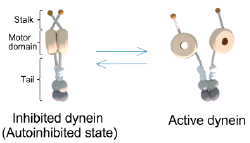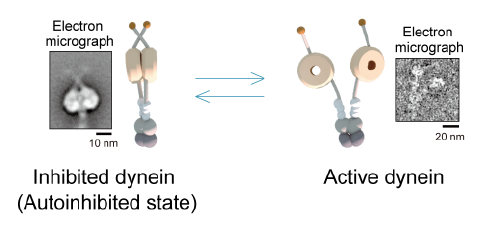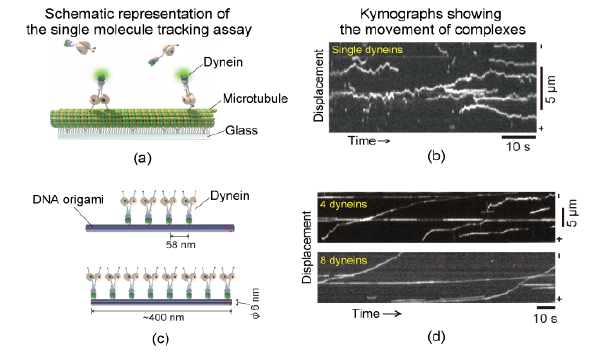The auto-regulation mechanism of motor protein “dynein” has been discovered by a research group led by Researcher Takayuki Torisawa and Senior Researcher Ken’ya Furuta of the Advanced ICT Research Institute, National Institute of Information and Communications Technology (NICT) and Professor Yoko Y. Toyoshima of the Graduate School of Arts and Sciences, the University of Tokyo. The group has revealed that the motility of dynein is autoinhibited in the absence of cargo. This mechanism provides a fundamental layer of dynein regulation in the cell that supports higher layers of regulation involving various dynein regulators. This mechanism paves the way to understanding the control mechanism of the intracellular transport and may offer new targets in the treatment against virus diseases.
The achievements were published online in Nature Cell Biology on 28 September 2014.




























